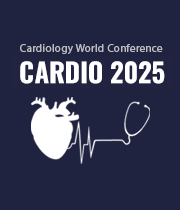Endocardial Ablation
Catheter ablation, commonly referred to as endocardial ablation, is a procedural technique designed to address heart rhythm irregularities stemming from abnormal electrical pathways within the heart. In this minimally invasive approach, a catheter—a slender, flexible tube—is navigated through blood vessels to access the heart. Precision is key as the catheter delivers controlled bursts of energy, typically utilizing radiofrequency or cryotherapy, to selectively modify or eliminate tissue responsible for the generation of irregular electrical signals. Primarily employed for conditions such as atrial fibrillation, atrial flutter, and supraventricular tachycardia, endocardial ablation aims to disrupt aberrant pathways and restore a regular heart rhythm. The overarching goal is to alleviate symptoms including palpitations, fatigue, and shortness of breath. Endocardial ablation stands as an increasingly utilized and effective intervention, offering patients a potential avenue for managing and enhancing their cardiac health. As with any medical procedure, it's important to note that individual cases may exhibit variations, and healthcare professionals will thoroughly assess each patient's unique condition to determine the most suitable and personalized course of treatment.


